Roundup: VUNO's at-home ECG device cleared in South Korea and more briefs
Mobi Health News - ECG
OCTOBER 14, 2022
Also, Max Life in India has developed an analytics solution that detects inaccurate medical reports in real time.
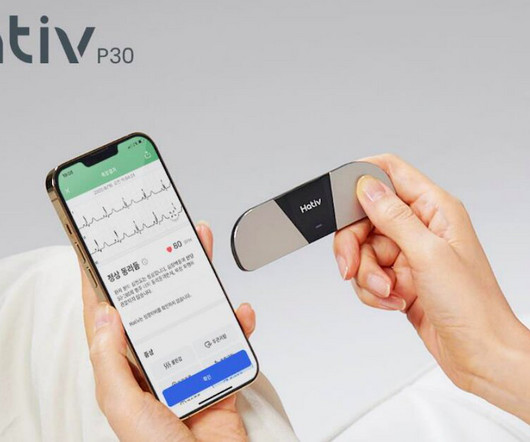
Mobi Health News - ECG
OCTOBER 14, 2022
Also, Max Life in India has developed an analytics solution that detects inaccurate medical reports in real time.
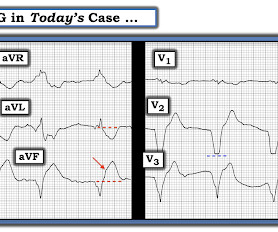
Dr. Smith's ECG Blog
OCTOBER 28, 2022
Cortland Ashbrook from Spokane County, Washington, sent this message: Hey doctor Smith, I wondered if you’d give me your opinion on these ECG tracings I took as a paramedic in the field? Case: The call was an elderly gentleman who was at home when he experienced a sudden onset of vague chest discomfort along with nausea, and left arm aching. It started while walking, and began to decrease at rest but never fully resolved.

Cassling
OCTOBER 27, 2022
While you weren’t looking, a lot has been happening in the field of ultrasound! New technologies, new workflows, new best practices. Over just a few short years, the potential uses of ultrasound have grown exponentially, and that means exciting things for you and your imaging team. Join us as we take a look at the latest developments in ultrasound you may have missed, even if you’re working on equipment that’s just a couple years old.
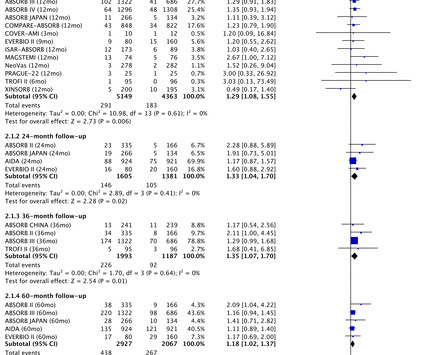
Open Heart
OCTOBER 26, 2022
Background Bioresorbable vascular scaffolds (BVS) were designed to reduce the rate of late adverse events observed in conventional drug-eluting stents (DES) by dissolving once they have restored lasting patency. Objectives Compare the safety and efficacy of BVS versus DES in patients receiving percutaneous coronary intervention for coronary artery disease across a complete range of randomised controlled trial (RCT) follow-up intervals.

Speaker: Simran Kaur, Co-founder & CEO at Tattva.Health
AI is transforming clinical trials—accelerating drug discovery, optimizing patient recruitment, and improving data analysis. But its impact goes far beyond research. As AI-driven innovation reshapes the clinical trial process, it’s also influencing broader healthcare trends, from personalized medicine to patient outcomes. Join this new webinar featuring Simran Kaur for an insightful discussion on what all of this means for the future of healthcare!
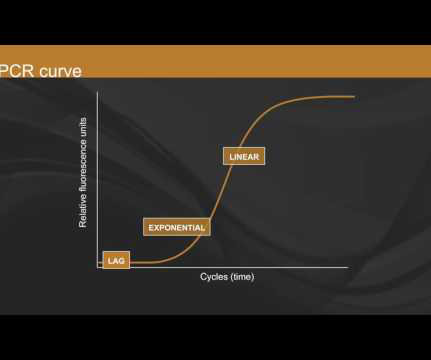
Dr. Malcolm Kendrick
OCTOBER 25, 2022
25th October 2022 I have been somewhat quiet recently. I have started about ten blogs, then got bogged down …. possibly blogged down? Then stopped, and started again, then tore it all up – metaphorically. The problem is that I have been looking at COVID19 vaccination. There is much to say, maybe too much. However, one treads a very fine line here.
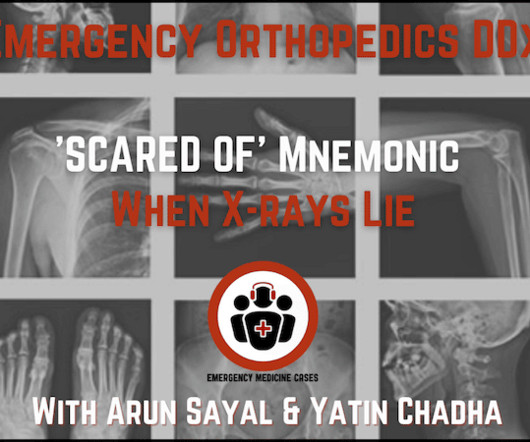
ECG Cases
OCTOBER 25, 2022
In this main episode podcast, Dr. Arun Sayal creator of the CASTED course and Dr. Yatin Chadha a radiologist with a fellowship in MSK radiology, join Anton for Part 1 of 2 podcasts on Emergency Orthopedic Injuries. This episode focuses on a differential diagnosis of MSK injuries that are occult to X-ray with the help of the SCARED OF mnemonic. It ensures we pick up all the “can’t miss” diagnoses that can be easily overlooked when we do not integrate a pointed history and physical exam with the X
Cardiovascular Update brings together the best content for cardiovascular medicine professionals from the widest variety of industry thought leaders.

Dr. Smith's ECG Blog
OCTOBER 25, 2022
Written by Bobby Nicholson MD, with edits by Meyers, Smith, Grauer A woman in her early 40s presented to the emergency department for evaluation of palpitations. She reported that she has been experiencing this since she was diagnosed with COVID a little over 1 week ago. She reported a prior history of SVT and has previously performed vagal maneuvers at home with symptom resolution.

iRythm Technologies
OCTOBER 18, 2022
Interview with mSToPS clinical trial senior author Dr. Steven R. Steinhubl, Scripps Research, about monitoring and screening for undiagnosed atrial fibrillation.
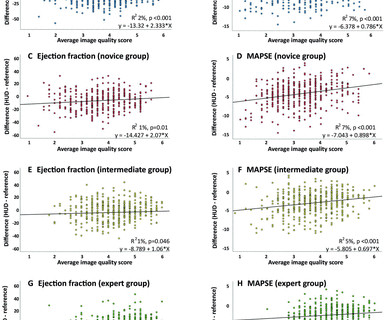
Open Heart
OCTOBER 21, 2022
Background and objectives Echocardiography is the cornerstone of heart failure (HF) diagnosis, but expertise is limited. Non-experts using handheld ultrasound devices (HUDs) challenge the clinical yield. Left ventricular (LV) ejection fraction (EF) is used for assessment and grading of HF. Mitral annular plane systolic excursion (MAPSE) reflects LV long-axis shortening.

Vector Remote
OCTOBER 17, 2022
Introduction Medical technology has made remarkable advances in the last 50 years and continues to grow despite disruptions caused by the pandemic. The need to adapt to virtual healthcare solutions due to challenges from the coronavirus pandemic has spurred a trend in the growth of remote healthcare to benefit both patients and clinicians. Remote patient monitoring (RPM) is one area where The post Disrupting the Status Quo in Remote Patient Monitoring appeared first on Vector Remote Care.

ECG Cases
OCTOBER 11, 2022
In this month's ECG Cases blog Dr. McLaren explains the PACER mnemonic approach to patients with pacemakers: Pacemaker spike: is it appropriately presence/absent, is there pacemaker-mediated tachycardia (apply magnet) or is there failure to pace (apply magnet to stop sensing, cardio consult)? Aware (sensing): is it normal, is there oversensing (underpacing: apply magnet) or undersensing (treat reversible causes, cardio consult).

Cardiomatics
OCTOBER 10, 2022
Modern cardiology is currently facing many challenges. According to WHO , cardiovascular diseases are the leading cause of death worldwide. Therefore, it is crucial to provide better diagnostics and treatment to cardiac patients. One country that is currently struggling to reduce the number of patients with heart diseases is the United Kingdom. What are the obstacles causing this, and how can they be overcome?
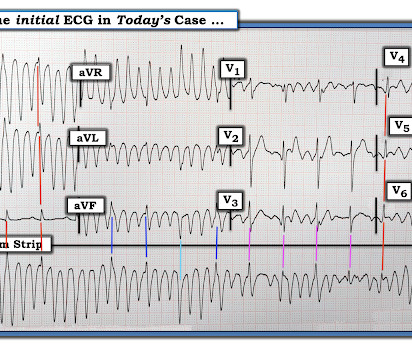
Dr. Smith's ECG Blog
OCTOBER 21, 2022
Submitted by Dr. Arjun J V in India, An elderly patient presented to the ED with multiple complaints. An ECG was recorded in triage: What do you think? Classic for those who have seen it before. The ECG shows a regular narrow complex rhythm which is difficult to see amongst the very severe high voltage artifact which is occurring with a frequency of approximately 300 cycles per minute.

Cassling
OCTOBER 7, 2022
For many patients, hospital visits bring a lot of fear and uncertainty. Patients are thrown into an unfamiliar environment with minimal knowledge and lack the confidence to ask the questions they want to, leaving them feeling overwhelmed and lost. When providers don’t take the time to center the care and communication around their patient, it can lead to poor health outcomes.
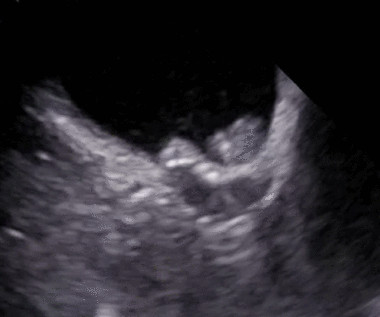
Open Heart
OCTOBER 21, 2022
In patients with atrial fibrillation and previous episodes of bleeding on oral anticoagulant treatment, left atrial appendage occlusion (LAAO) has emerged as an alternative way to decrease the risk of stroke. The use of the procedure has been on the rise, and the news coverage has been dominated by an uncritical acceptance of the benefit of this procedure, which probably have contributed to the increasing number of procedures.

Vector Remote
OCTOBER 11, 2022
Remote cardiac monitoring collects information from patients’ implantable rhythm management devices and directly transmits data to a physician’s office, saving both the patient and clinic time and cost. This allows the medical team to review the results promptly and eliminates the need for a patient to be physically present. The benefits of remote patient monitoring are vital to the success of a cardiac clinic, The post Remote Patient Cardiac Monitoring Cost – from Expense to Investment appeared

ECG Cases
OCTOBER 11, 2022
On this month's EM Quick Hits podcast: Best of University of Toronto EM with Yaron Finkelstein on pediatric cannabis poisoning pitfalls, Brit Long on recognition and management of esophageal perforation, Jesse McLaren on 3 questions to diagnose Brugada Syndrome, Tahara Bhate on QI Corner, Constance Leblanc on maintaining wellness in career transitions from CAEP 2022.

Dr. Malcolm Kendrick
OCTOBER 30, 2022
30th October 2022 [How fewer doctors means more doctors – it’s official] This blog has nothing to do with heart disease, or vaccines, or anything directly about medical practice at all. However, it does have a great deal to do with data manipulation, which is something very close to my heart. It also illustrates how a ‘fact’ can be anything but. I am also hoping to help highlight an increasingly worrying trend that now scours the planet.

Dr. Smith's ECG Blog
OCTOBER 19, 2022
Thanks to our Electrophysiologists Omar Iqbal and Rehan Karim for the below strips and the explanations I will be giving on this post. A patient had 3rd degree AV block in the ED. A transvenous pacer was placed in the Emergency Department by the emergency physicians. Capture was obtained and a 12-lead ECG was recorded: What do you see here and what complication can occur?

Society of Thoracic Surgeons - Allied Health
OCTOBER 25, 2022
Event 2023 STS Coronary Conference kchalko Tue, 10/25/2022 - 08:37 Event dates Jun 3–4, 2023 Loews Miami Beach Hotel Location Miami, Florida Thank you to all attendees, speakers, exhibitors, and supporters who made the 2023 STS Coronary Conference a success! Interested in attending next year? Fill out the interest list form to be notified when details are available.
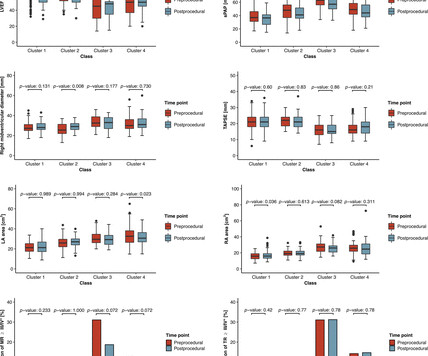
Open Heart
OCTOBER 19, 2022
Objective A novel artificial intelligence-based phenotyping approach to stratify patients with severe aortic stenosis (AS) prior to transcatheter aortic valve replacement (TAVR) has been proposed, based on echocardiographic and haemodynamic data. This study aimed to analyse the recovery of extra-aortic valve cardiac damage in accordance with this novel stratification system following TAVR.

Society of Thoracic Surgeons - Research
OCTOBER 4, 2022
Webinar Annals Celebrates “Peer Review Week”: Research Integrity and Priorities kchalko Tue, 10/04/2022 - 08:43 September 22, 2022 In this STS webinar—scheduled during Peer Review Week (Sept 19-23)—"The Annals of Thoracic Surgery" Editor-in-Chief Joanna Chikwe, MD, FRCS, is joined by a panel of editors, editorial board members, and experts to highlight touchstones of publication ethics, how research drives quality and affects patient safety, and a focused discussion on research priorities for ou

Dr. Anish Koka
OCTOBER 16, 2022
On October 7th, 6 pm, the Florida Department of Health sent out a bulletin announcing new guidance from Florida Surgeon General Dr. Joseph Ladapo that recommended against males aged 18-39 years of age from receiving mRNA COVID-19 vaccines. This was based on a study commissioned by Florida that found an 84% increase in the relative incidence of cardiac-related death within 28 days after mRNA vaccination.
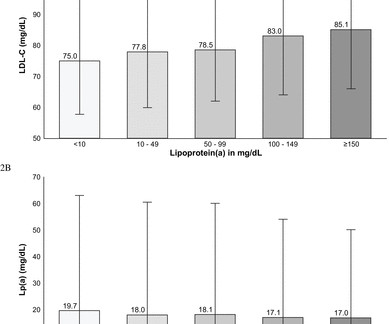
Open Heart
OCTOBER 17, 2022
Objective Lipoprotein(a) (Lp(a)) is an important genetically determined risk factor for atherosclerotic vascular disease (ASCVD). With the development of Lp(a)-lowering therapies, this study sought to characterise patterns of Lp(a) levels in a global ASCVD population and identify racial, ethnic, regional and gender differences. Methods A multicentre cross-sectional epidemiological study to estimate the prevalence of elevated Lp(a) in patients with a history of myocardial infarction, ischaemic st
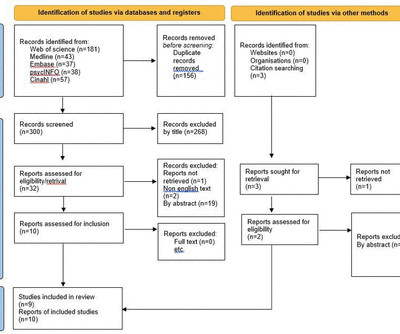
Open Heart
OCTOBER 17, 2022
Background Patients with implantable cardioverter defibrillators (ICD) experience anxiety, depression and reduced quality of life (QoL). Objectives This mixed-methods systematic review evaluates whether ICD support groups have a beneficial effect on mental well-being. Methods Literature searches were carried out in MEDLINE, Embase, CINAHL, PsycINFO and Web of Science.

Open Heart
OCTOBER 17, 2022
Objective We provide succinct, evidence-based and/or consensus-based best practice guidance for the cardiac care of children living with Duchenne muscular dystrophy (DMD) as well as recommendations for screening and management of female carriers of mutations in the DMD -gene. Methods Initiated by an expert working group of UK-based cardiologists, neuromuscular clinicians and DMD-patient representatives, draft guidelines were created based on published evidence, current practice and expert opinio
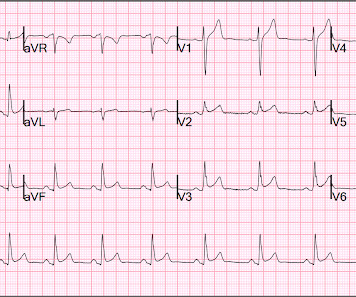
Dr. Smith's ECG Blog
OCTOBER 17, 2022
This ECG has ST Elevation in multiple leads. Is it normal STE? Or is it ischemic STE? What do you think? This ECG is interesting because it mimics TQRSD. There are no S-waves in V2 and V3. BUT look at the very prominent J-waves (J point notching)!! It is several mm high! This is a normal ECG. This patient had CO poisoning but did not have myocardial injury or OMI.
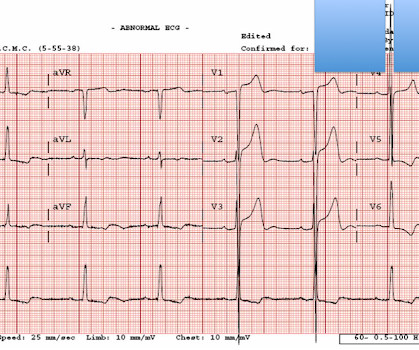
Dr. Smith's ECG Blog
OCTOBER 15, 2022
Pendell (Pendell Meyers, of course), with a little help from Smith, coined a new LAD Occlusion pattern "Precordial Swirl," in which there is rightward STE vector, with STE in V1 and aVR, with reciprocal STD in V5 and V6. It is due to transmural ischemia not only of the anterior wall and apex, but due to transmural ischemia of the septum, usually due to occlusion proximal to the first septal perforator.
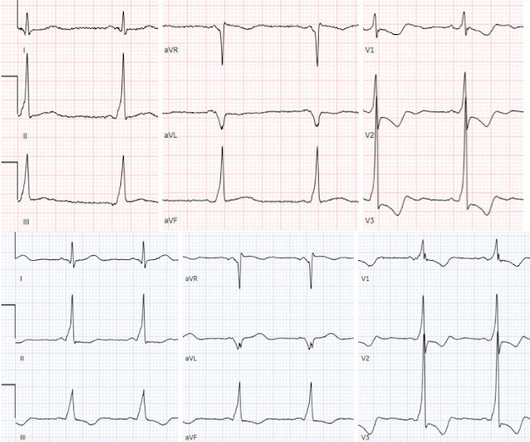
Dr. Smith's ECG Blog
OCTOBER 13, 2022
Written by Jesse McLaren, with edits from Smith and Grauer A 60 year old with no past medical history presented with two hours of chest pain radiating to the left arm, with normal vitals. What do you think? I sent this to Dr. Meyers without any other information, and he responded, “do you have a prior to make sure that it is all just because of the delta wave?
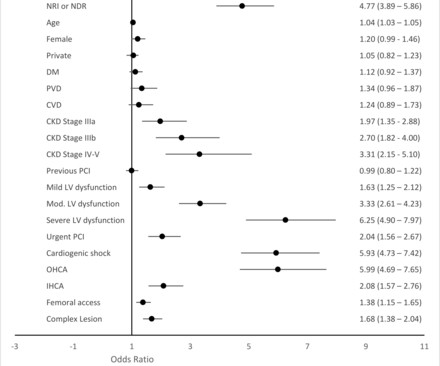
Open Heart
OCTOBER 11, 2022
Background Renal impairment post-percutaneous coronary intervention (post-PCI) is a well-described adverse effect following the administration of contrast media. Within a large cohort of registry patients, we aimed to explore the incidence, predictors and clinical outcomes of renal impairment post-PCI. Methods The Victorian Cardiac Outcomes Registry is an Australian state-based clinical quality registry focusing on collecting data from all PCI capable centres.
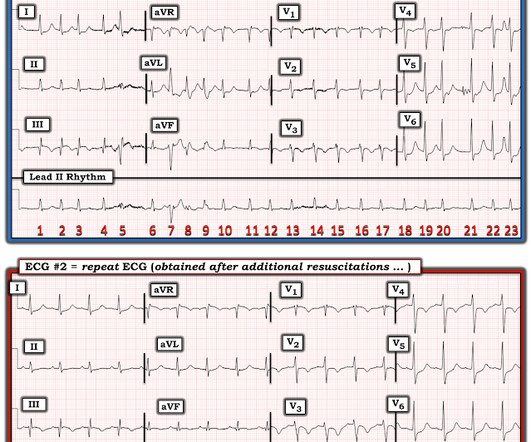
Dr. Smith's ECG Blog
OCTOBER 10, 2022
Written by Pendell Meyers and Peter Brooks MD A man in his 30s with no known past medical history was reported to suddenly experience chest pain and shortness of breath at home in front of his family. He reportedly told his family "I think I'm having a heart attack", then they immediately drove him to the ED, and he was able to ambulate into the triage area before he collapsed and became unresponsive.
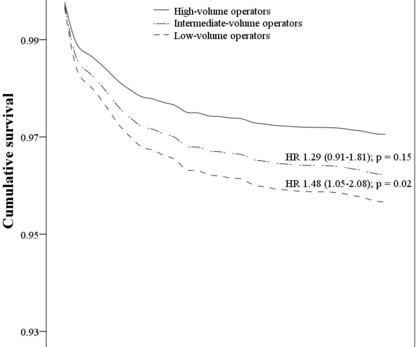
Open Heart
OCTOBER 3, 2022
Background There is a paucity of real-world data assessing the association of operator volumes and mortality specific to primary percutaneous coronary intervention (PPCI). Methods Demographic, clinical and outcome data for all patients undergoing PPCI in Leeds General Infirmary, UK, between 1 January 2009 and 31 December 2011, and 1 January 2013 and 31 December 2013, were obtained prospectively.

Dr. Smith's ECG Blog
OCTOBER 23, 2022
This is a repost of this amazing case: Echocardiography, even (or especially) with Speckle Tracking, can get you in trouble. The ECG told the story. A completely healthy 30-something year old woman with no cardiac risk factors had sudden onset of bilateral trapezius pain that radiated around to her throat. It resolved after about 5 minutes, but then recurred and was sustained for over an hour.

Open Heart
OCTOBER 21, 2022
Coronary perforation is a potentially life-threatening complication of percutaneous coronary intervention (PCI). We studied incidence, outcomes and temporal trends following PCI-related coronary artery perforation (CAP). Methods Prospective systematic review and meta-analysis including meta-regression using MEDLINE and EMBASE to November 2020. We included ‘all-comer’ PCI cohorts including large PCI registries and randomised controlled trials and excluding registries or trials limited
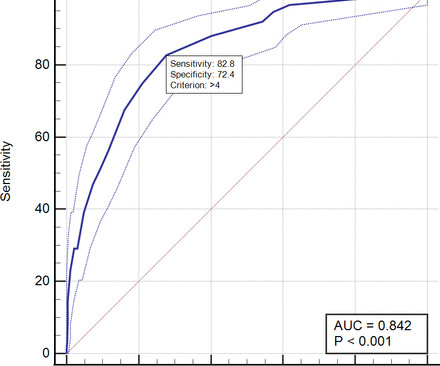
Open Heart
OCTOBER 13, 2022
Background This study aims to develop PADjadjaran Mortality in Acute coronary syndrome (PADMA) Score to predict in-hospital mortality in acute coronary syndrome (ACS) patients based on clinical examination only. Additionally, we also compared the predictive value of the PADMA Score with the Global Registry of Acute Coronary Events (GRACE), Canada Acute Coronary Syndrome (C-ACS), and The Portuguese Registry of Acute Coronary Syndromes (ProACS) risk scores.

Dr. Anish Koka
OCTOBER 2, 2022
The COVID pandemic was supposed to herald the end of the idea that a smaller government is a better government. The experts who desperately seek to be in charge of a sprawling bureaucratic state told us that it was only a powerful central authority that could do what was needed to safeguard individual liberties at a time when a highly contagious respiratory virus was spreading across the globe.
Let's personalize your content